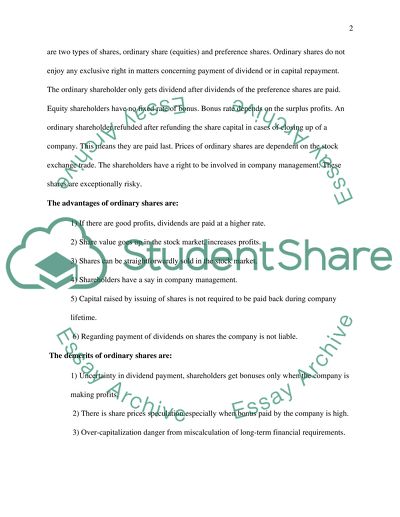Cite this document
(“Enterprise Finance Coursework Example | Topics and Well Written Essays - 2000 words”, n.d.)
Enterprise Finance Coursework Example | Topics and Well Written Essays - 2000 words. Retrieved from https://studentshare.org/finance-accounting/1440184-enterprise-finance
Enterprise Finance Coursework Example | Topics and Well Written Essays - 2000 words. Retrieved from https://studentshare.org/finance-accounting/1440184-enterprise-finance
(Enterprise Finance Coursework Example | Topics and Well Written Essays - 2000 Words)
Enterprise Finance Coursework Example | Topics and Well Written Essays - 2000 Words. https://studentshare.org/finance-accounting/1440184-enterprise-finance.
Enterprise Finance Coursework Example | Topics and Well Written Essays - 2000 Words. https://studentshare.org/finance-accounting/1440184-enterprise-finance.
“Enterprise Finance Coursework Example | Topics and Well Written Essays - 2000 Words”, n.d. https://studentshare.org/finance-accounting/1440184-enterprise-finance.


